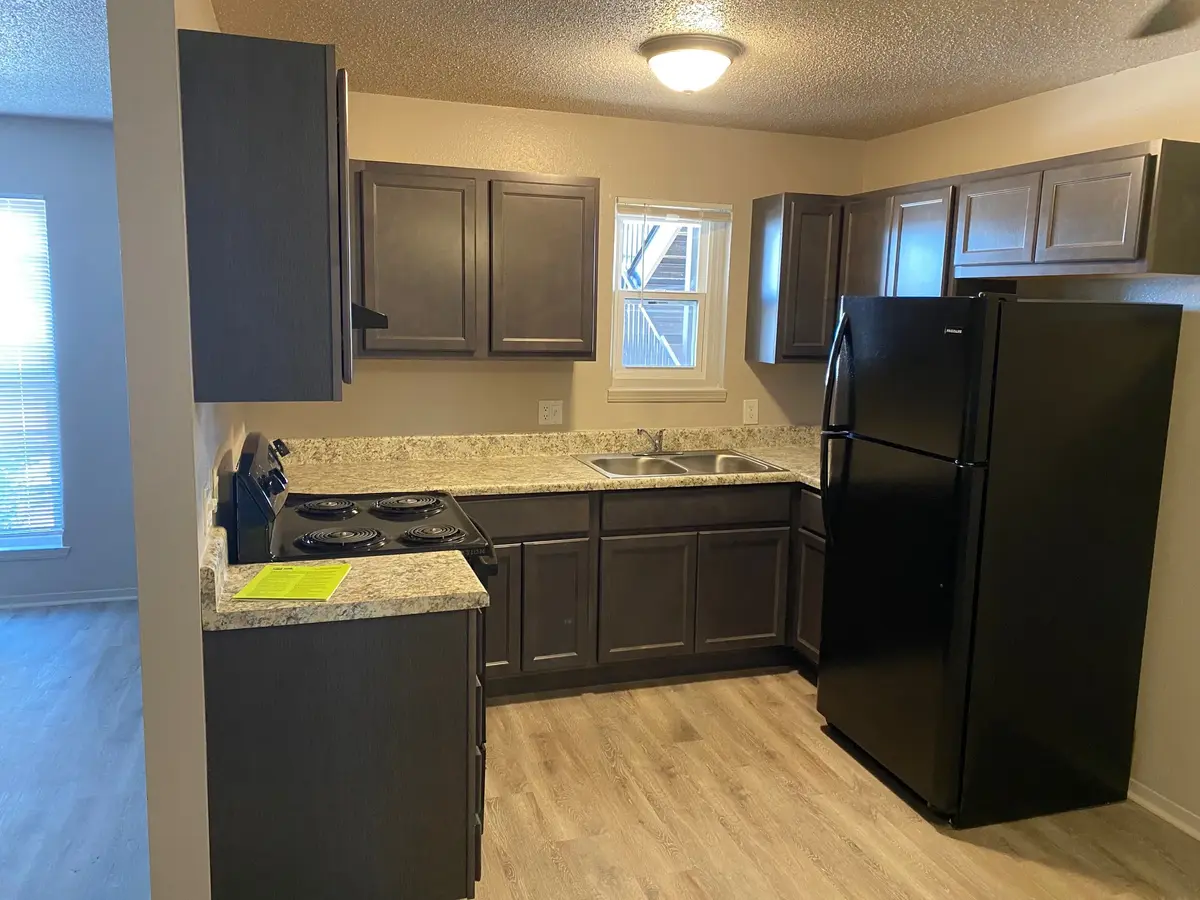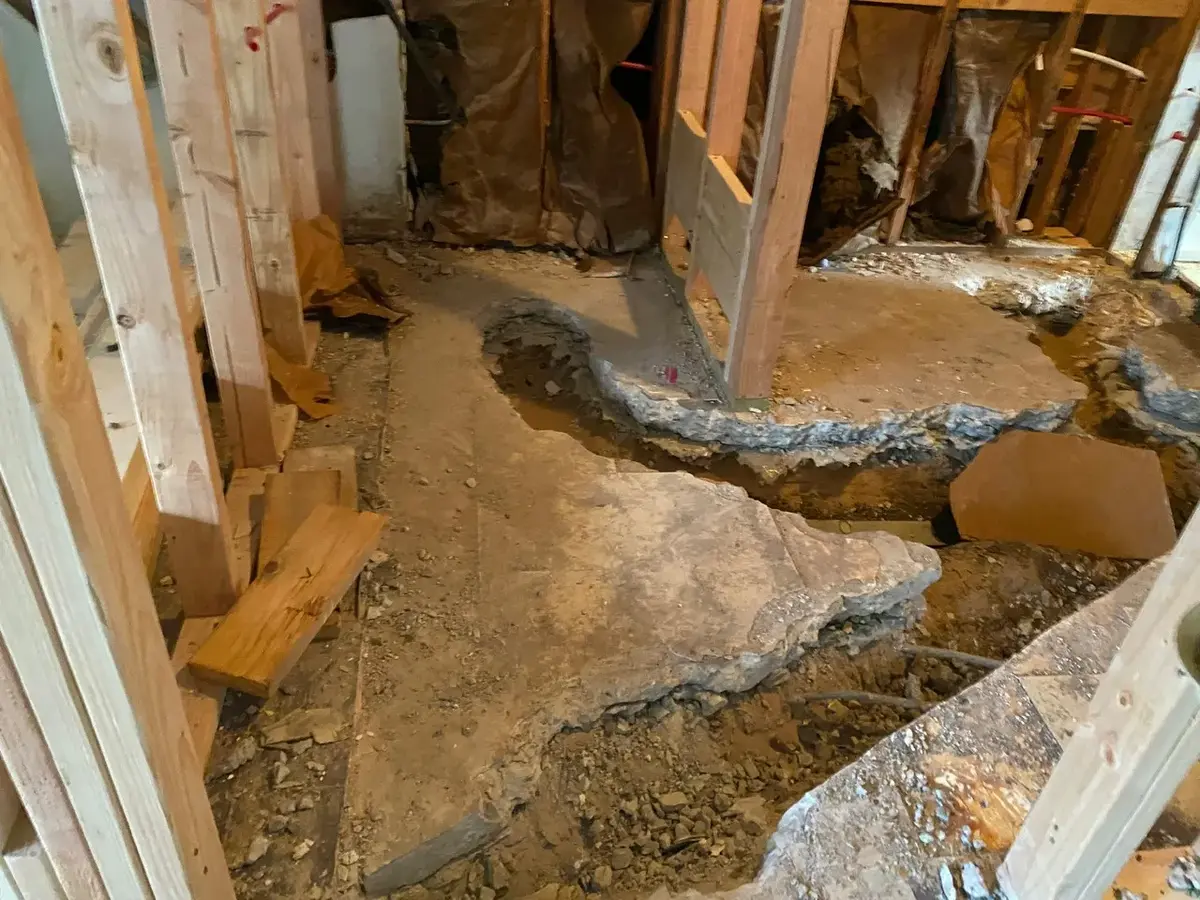Impact of the LIHTC 9% Program on Development
Fill out for more information
Introduction
The Low-Income Housing Tax Credit (LIHTC) 9% program is an essential tool for promoting affordable housing across the United States. It offers competitive tax incentives designed to encourage the development of rental housing for low- and moderate-income tenants. Unlike its 4% counterpart, the 9% tax credit is highly competitive and typically supports projects that do not utilize tax-exempt bond financing.
Significance of LIHTC 9% Grants to the Housing Market
Promotes Affordable Housing Development:
The LIHTC 9% grants are a pivotal resource for developers looking to create affordable housing solutions. These grants offer substantial tax credits that cover a larger percentage of project costs than the 4% credits, thereby making challenging projects financially viable and more attractive to investors.
Stimulates Economic Growth:
By fostering the construction and rehabilitation of housing projects, the LIHTC 9% program not only creates construction jobs but also stimulates local economies through increased demand for local services and businesses.
Enhances Community Revitalization:
The development of affordable housing under the LIHTC 9% often catalyzes the revitalization of economically depressed areas. By introducing stable, affordable housing, these projects can transform neighborhoods, improving safety, increasing property values, and attracting new investments.
Addresses Housing Shortages:
In areas with acute shortages of affordable housing, the LIHTC 9% program plays a crucial role in providing essential housing options to low-income families, helping to alleviate housing insecurity.
Encourages Diversity and Inclusion:
This program makes it possible for diverse populations to access quality housing at affordable rates, fostering inclusive communities where all residents can thrive.
Who Benefits the Most from LIHTC 9%?
Low-Income Families and Individuals:
These residents receive direct benefits from increased access to affordable rental housing tailored to their financial situations.
Developers and Investors:
They gain from significant tax relief that offsets the cost of developing affordable housing, thus making projects more profitable and appealing.
Local Governments and Communities:
The LIHTC 9% projects often lead to broader urban renewal efforts, higher tax revenues over time, and reduced demand on local social services by providing stable living conditions for the community.
Economic Development:
Local economies benefit from the job creation associated with construction and ongoing economic activity generated by new residents.
Pros and Cons of LIHTC 9%
Pros:
- High Impact on Project Feasibility: The 9% credit significantly lowers the financial barriers to starting new construction projects, directly influencing more ambitious developments.
- Competitive Nature Ensures Quality: Since the credits are awarded through a competitive process, projects typically exhibit high standards in design, sustainability, and community integration.
- Directly Stimulates Construction of Affordable Housing: Given the substantial financial support, these projects can proceed without the need for additional funding sources, which can streamline project timelines.
Cons:
- Highly Competitive: The competitive nature of the 9% program means that not all projects that deserve funding will receive it, potentially leaving some areas without needed housing developments.
- Complex Application Process: Securing funding requires navigating a complex application process that can be resource-intensive.
- Risk of Over-reliance on Tax Credits: Dependence on these credits can make projects vulnerable to changes in tax laws and economic downturns, which might affect their viability.
Conclusion
The LIHTC 9% program is a cornerstone in the architecture of affordable housing in the United States, offering extensive benefits that extend from individual families to entire communities. By effectively balancing the challenges with the strategic use of these credits, developers and investors can leverage the program to create lasting and impactful housing solutions. This program not only addresses pressing housing needs but also fosters community development, making it a valuable model of public-private partnership in housing.
Related Services




